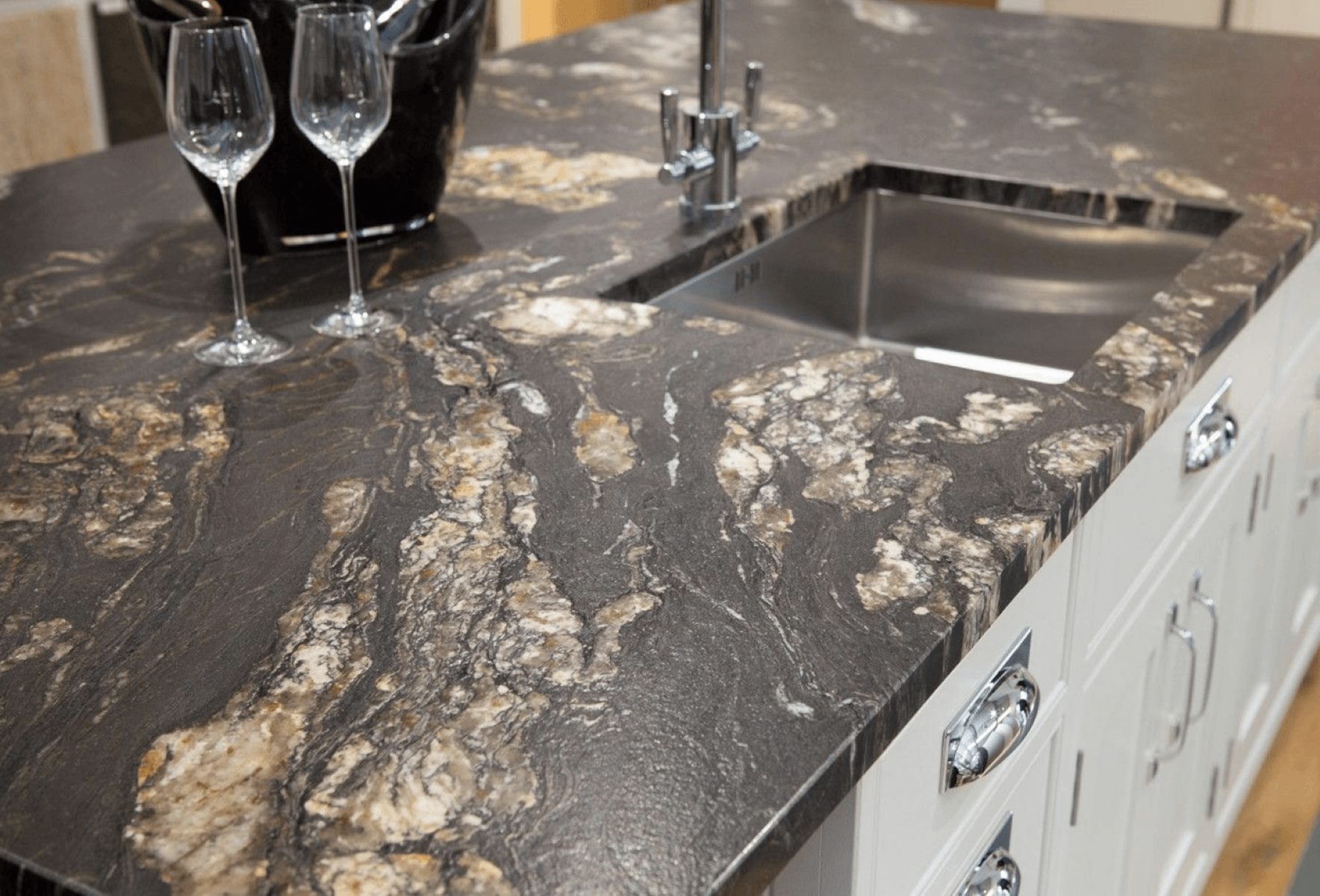

Articles
What Are Leather Granite Countertops
Modified: January 5, 2024
Discover the beauty and durability of leather granite countertops with our informative articles. Learn everything you need to know about this stunning surface option for your kitchen or bathroom.
(Many of the links in this article redirect to a specific reviewed product. Your purchase of these products through affiliate links helps to generate commission for Storables.com, at no extra cost. Learn more)
Introduction
In the world of interior design, finding the perfect countertop material that combines both style and functionality can be a daunting task. With so many options available, it’s important to consider not only the aesthetic appeal of the material but also its durability and maintenance requirements. One such material that has gained popularity in recent years is leather granite countertops.
What sets leather granite apart from traditional granite countertops is its unique texture and finish. The leathered surface of this material gives it a distinct tactile quality, resembling the feel of leather. This distinctive feature adds depth and character to any kitchen or bathroom space.
In this article, we will explore the world of leather granite countertops, discussing their characteristics, advantages, disadvantages, care and maintenance, popular styles and colors, as well as how to choose the right one for your space. So, if you’re considering a countertop upgrade or simply want to explore different options, read on to discover the wonders of leather granite.
Key Takeaways:
- Leather granite countertops offer a unique blend of elegance and practicality, with their textured finish hiding smudges and adding warmth to any space. Their durability and versatility make them a stylish choice for kitchen and bathroom upgrades.
- When considering leather granite countertops, homeowners should weigh the benefits of their unique texture and resistance to smudges against potential drawbacks such as higher cost and limited color options. Careful consideration of design style, color palette, and maintenance needs is essential for making the right choice.
Read more: What Are Granite Countertops
What Is Leather Granite?
Leather granite is a type of granite that has been treated to create a textured, leather-like finish. Unlike traditional polished granite, which has a smooth and glossy surface, leather granite undergoes a unique process to give it a more rustic and natural appearance. This process involves roughening the surface of the stone by applying intense heat or using abrasive brushes, which creates a soft, textured finish with subtle variations in color and depth.
The result is a countertop material that exudes a warm and inviting feel, adding a touch of sophistication and elegance to any space. The texture of leather granite makes it less prone to showing fingerprints, water spots, and smudges compared to polished granite, making it a practical choice for busy kitchens and high-traffic areas.
It’s important to note that leather granite is not exclusive to any specific color or pattern. It can be found in a wide range of colors, from light neutrals like white and cream to bold and dramatic hues like black and deep brown. Each slab of leather granite is unique, with its own distinct veining patterns and color variations, ensuring that your countertop will be truly one-of-a-kind.
One of the standout features of leather granite is its ability to seamlessly blend with different design styles. Whether you have a traditional, rustic, or contemporary space, leather granite can complement any aesthetic, adding texture and visual interest to the overall design. It can be paired with various cabinetry finishes, flooring options, and backsplash materials to create a cohesive and visually pleasing look.
Now that you have a better understanding of what leather granite is, let’s dive deeper into its characteristics and explore the benefits it has to offer.
Characteristics of Leather Granite Countertops
Leather granite countertops possess several unique characteristics that set them apart from other countertop materials. These characteristics contribute to both their aesthetic appeal and their practicality. Here are some key features of leather granite countertops:
- Texture: The most distinctive characteristic of leather granite countertops is their textured surface. This textured finish gives the stone a tactile quality, resembling the feel of leather. The texture ranges from subtle to more pronounced, adding depth and visual interest to the countertop.
- Variations in color and pattern: Leather granite countertops exhibit natural variations in color and pattern, making each piece unique. The color palette ranges from neutral tones to darker shades, allowing homeowners to choose a color that best suits their design preferences.
- Durability: Like traditional polished granite, leather granite is known for its durability. It is heat-resistant, scratch-resistant, and less prone to staining. This makes it a practical choice for kitchen countertops, where it will be subjected to daily wear and tear.
- Hide imperfections: The leathered texture of the stone helps to hide fingerprints, water spots, and smudges more effectively than polished granite. This makes maintenance easier, as the countertop will retain its clean and pristine appearance for longer periods between cleanings.
- Non-reflective: Unlike polished granite countertops, which have a high-gloss finish that reflects light, leather granite has a more subdued, matte appearance. This makes it an excellent choice for spaces with intense lighting, as it reduces glare and creates a softer and more natural aesthetic.
- Sealing: Although leather granite is less porous than other natural stones, it is still recommended to apply a sealant to protect the surface from potential stains. Regular resealing of the countertops will help to maintain their quality and longevity.
These unique characteristics make leather granite countertops a popular choice among homeowners who want to add a touch of elegance, warmth, and texture to their kitchen or bathroom. However, it is also important to consider the advantages and disadvantages of leather granite countertops before making a final decision.
Advantages of Leather Granite Countertops
Leather granite countertops offer several advantages that make them a popular choice among homeowners. From their aesthetic appeal to their practicality, here are some key advantages of opting for leather granite countertops:
- Unique Texture: The textured finish of leather granite adds a unique and luxurious element to your space. It gives the countertop a natural and rustic look, enhancing the overall aesthetic appeal of your kitchen or bathroom.
- Resistance to Smudges and Fingerprints: Unlike polished granite, leather granite countertops are less prone to showing smudges, fingerprints, and water spots. This makes it easier to maintain a clean and pristine appearance with minimal effort.
- Warm and Inviting Feel: The tactile quality of leather granite creates a warm and inviting atmosphere in any space. It adds a sense of coziness and elegance that can elevate the overall ambiance of your kitchen or bathroom.
- Less Reflective: The matte finish of leather granite countertops reduces glare and reflection, making them ideal for areas with intense lighting. This creates a softer and more natural aesthetic without compromising on style.
- Durability: Leather granite is known for its durability and resistance to scratches, heat, and stains. This makes it a practical choice for high-traffic areas like kitchens, where countertops are constantly exposed to knives, hot pans, and spills.
- Versatility: Leather granite countertops come in a variety of colors and patterns, allowing you to choose a style that complements your overall design scheme. Whether you prefer a classic, modern, or rustic look, there is a leather granite countertop that will suit your style.
- Increased Resale Value: Investing in leather granite countertops can help to increase the value of your home. Potential buyers are often drawn to the unique and upscale nature of leather granite, making it an attractive selling point.
These advantages make leather granite countertops a popular choice for homeowners who want to add a touch of style, sophistication, and durability to their space. However, it is important to consider the potential disadvantages of leather granite countertops as well, in order to make an informed decision.
Disadvantages of Leather Granite Countertops
While leather granite countertops have a wide range of advantages, it’s important to also consider the potential disadvantages before making a decision. Understanding the drawbacks will help you make an informed choice that best suits your needs and preferences. Here are some disadvantages to consider when it comes to leather granite countertops:
- Higher Cost: Leather granite is typically more expensive compared to traditional polished granite countertops. The additional cost is due to the extra processing required to achieve the unique texture and finish. However, the durability and aesthetic appeal make it a worthwhile investment for many homeowners.
- Sealing Requirement: Although leather granite is less porous than other natural stones, it is still recommended to apply a sealant to protect the surface from potential stains. This means that regular resealing is necessary to maintain the quality and longevity of the countertop.
- Potential for Scratches: While leather granite is generally resistant to scratches, the textured surface can make it slightly more prone to collecting dust and debris. It’s important to use cutting boards and avoid placing heavy or sharp objects directly on the countertop to prevent any potential damage.
- Difficulty in Cleaning: The textured surface of leather granite can make cleaning slightly more challenging compared to polished granite. It requires more attention to detail and thorough cleaning to ensure all crevices and surface imperfections are properly cleaned. However, with regular maintenance and proper cleaning techniques, keeping the countertops in pristine condition is achievable.
- Limited Color Options: While leather granite countertops come in a variety of colors, the options are generally more limited compared to polished granite. This means that you may have fewer choices when it comes to finding the perfect color that matches your design and aesthetic preferences.
Despite these disadvantages, leather granite countertops continue to be a popular choice for homeowners due to their unique texture, durability, and aesthetic appeal. By considering both the advantages and disadvantages, you can determine whether leather granite is the right countertop material for your specific needs and budget.
When caring for leather granite countertops, avoid using harsh chemicals or abrasive cleaners as they can damage the surface. Instead, use a mild soap and water solution for regular cleaning and consider sealing the countertops to protect them from stains and scratches.
Read more: What Not To Use On Granite Countertops
Care and Maintenance of Leather Granite Countertops
To ensure the longevity and beauty of your leather granite countertops, it’s important to provide proper care and maintenance. Although leather granite is known for its durability, it still requires regular attention to keep it in optimal condition. Here are some care and maintenance tips to follow:
- Regular Cleaning: Clean your leather granite countertops on a daily basis using a soft cloth or sponge and a mild detergent. Avoid abrasive cleaners or scrub brushes that can damage the textured surface. Rinse thoroughly and wipe dry to prevent water spots.
- Preventative Measures: To protect the surface from scratches or heat damage, always use cutting boards or trivets when placing hot pans or sharp objects on the countertop. Avoid dragging heavy or abrasive items across the surface.
- Sealing: Apply a high-quality sealant specifically designed for granite countertops to protect against stains and liquids. Follow the manufacturer’s instructions and reapply the sealant as recommended to maintain its effectiveness.
- Immediate Spill Cleanup: Wipe up spills immediately to prevent them from staining the surface. Even with a good sealant, it’s advisable to clean up spills promptly to minimize the chances of penetration.
- Avoid Harsh Chemicals: Refrain from using harsh chemicals, acidic cleaners, or abrasive materials on your leather granite countertops. These substances can degrade the sealant and damage the surface. Instead, opt for mild cleaners or solutions recommended for granite surfaces.
- Periodic Deep Cleaning: Despite regular cleaning, it’s important to periodically deep clean your leather granite countertops. Use a granite cleaner specifically formulated for textured surfaces and follow the manufacturer’s instructions. This will help remove any built-up grime or residue.
- Avoid Sitting Moisture: To prevent damage or discoloration, avoid leaving wet or damp items on the countertop surface for extended periods. Moisture accumulation can seep into the textured pores and potentially cause staining or other issues.
- Professional Maintenance: If you notice any significant damage or issues with your leather granite countertops, it’s best to seek professional help. They can assess the situation, perform necessary repairs, and provide guidance on how to properly maintain your countertops.
By following these care and maintenance tips, you can keep your leather granite countertops looking beautiful and ensure their longevity. Regular upkeep and attention will help preserve the unique texture and enhance the overall aesthetic appeal of your kitchen or bathroom space.
Popular Styles and Colors of Leather Granite Countertops
Leather granite countertops come in a wide array of styles and colors, allowing you to find the perfect match for your design preferences. Here are some popular styles and colors of leather granite countertops:
- Neutral Tones: Neutral tones are timeless choices that can seamlessly blend into any design scheme. Leather granite countertops in shades of white, beige, and cream create an elegant and refined look. These lighter tones evoke a sense of spaciousness and can brighten up the room.
- Earth Tones: Earthy hues such as brown, tan, and copper provide a warm and inviting atmosphere. These colors work well in rustic or traditional style kitchens, adding a touch of natural beauty to the space. Earth tone leather granite countertops can create a cozy and welcoming ambiance.
- Black and Gray: For a bold and dramatic look, consider choosing leather granite countertops in shades of black or gray. These dark colors add a sense of sophistication and modernity to the space. Black and gray leather granite countertops are particularly striking when paired with light-colored cabinets or contrasting backsplash materials.
- Mixed and Variegated: Leather granite countertops with mixed colors or variegated patterns offer a unique and eye-catching look. These countertops feature a combination of different hues, creating a visually dynamic and captivating surface. Mixed and variegated leather granite countertops can serve as a focal point in the kitchen or bathroom, adding character and depth.
- Contrasting Veins: Some leather granite countertops feature bold veins or speckles in contrasting colors. These veins can range from subtle to more pronounced, creating a striking visual effect. The contrasting veins add depth and texture to the countertop, making it an attractive centerpiece in any space.
When choosing the style and color of your leather granite countertop, it’s important to consider the overall design of your kitchen or bathroom. Take into account the color of your cabinets, flooring, and backsplash, as well as your personal style preferences. Requesting samples or visiting a showroom can help you visualize how different leather granite options will look in your space and make a more informed decision.
Now that you have a better understanding of the popular styles and colors available, you can confidently select a leather granite countertop that will enhance the beauty and functionality of your kitchen or bathroom.
How to Choose the Right Leather Granite Countertop for Your Space
Choosing the right leather granite countertop for your space involves considering various factors such as your design preferences, the style of your kitchen or bathroom, and your budget. Here are some key steps to help you make the right choice:
- Determine Your Design Style: Consider the overall design style of your space. Are you going for a modern, traditional, or rustic look? Understanding your design preferences will help narrow down the options and ensure that the leather granite countertop complements the rest of the elements in the room.
- Consider Color Palette: Assess the color scheme of your kitchen or bathroom. Are you looking for a countertop that blends in seamlessly or one that makes a bold statement? Take into account the colors of your cabinets, flooring, and backsplash, and choose a leather granite countertop color that complements or contrasts with these elements.
- Examine Samples: Request samples or visit a showroom to see the different leather granite options firsthand. This will give you a better understanding of the texture, color variations, and overall look of each option. Seeing the samples in your own space and under your lighting conditions can help you make a more informed decision.
- Consider Durability: Assess the level of durability you need for your countertop. If you have a busy kitchen with heavy usage, prioritize a leather granite countertop that is highly resistant to scratches, heat, and stains. On the other hand, if you have a lower traffic area, you may have more flexibility in your choices.
- Evaluate Maintenance Requirements: Consider the level of maintenance you are willing to commit to. While leather granite countertops are generally low maintenance, they still require regular cleaning and periodic sealing. Determine whether you are willing to invest the time and effort required to keep the countertop looking its best.
- Set a Budget: Determine your budget for the countertop installation. Leather granite countertops may have a higher price tag compared to other materials, so it’s important to set a realistic budget and explore options within that range.
- Seek Professional Advice: If you’re unsure about the best choice for your space, consult with a professional designer or stone supplier. They can provide valuable insights and recommendations based on your specific needs and preferences.
Choosing the right leather granite countertop requires careful consideration of your design style, color palette, durability needs, maintenance requirements, and budget. By following these steps and seeking professional advice when needed, you can find the perfect leather granite countertop that will enhance the beauty and functionality of your kitchen or bathroom space for years to come.
Leather Granite Countertops vs. Other Countertop Materials
When choosing a countertop material, it’s important to compare the characteristics and features of different options to find the one that best suits your needs and preferences. Let’s take a closer look at how leather granite countertops stack up against other popular countertop materials:
- Polished Granite: Polished granite countertops are the traditional choice when it comes to granite. They have a smooth, glossy surface that reflects light and adds a touch of elegance to any space. While polished granite is more common, leather granite offers a unique texture and matte appearance that can add a warm, rustic feel.
- Quartz: Quartz countertops are engineered stone surfaces made from a combination of natural quartz and resins. They are highly durable, non-porous, and easy to maintain. Leather granite countertops offer a natural stone appearance and unique texture that some homeowners may find more appealing.
- Marble: Marble countertops are known for their elegance and timeless beauty. However, they are more prone to staining and require regular sealing and maintenance. Leather granite countertops provide a similar natural stone look with greater durability and lower maintenance requirements.
- Concrete: Concrete countertops offer a modern and industrial aesthetic. While they can be customized and give a unique look, they can be prone to cracking and require regular sealing. Leather granite countertops provide a more natural and textured appearance without the risk of cracking.
- Laminate: Laminate countertops are an affordable and low-maintenance option. However, they lack the durability and natural beauty of leather granite. Leather granite countertops can elevate the aesthetic of a space and provide a more premium look and feel.
- Butcher Block: Butcher block countertops provide a warm and natural appearance, often used in rustic or farmhouse-style kitchens. While they require regular oiling and maintenance, leather granite counters offer a unique texture and require less upkeep.
- Stainless Steel: Stainless steel countertops are known for their sleek and contemporary look. While they are durable and easy to clean, they can show scratches and fingerprints easily. Leather granite countertops offer a more natural and textural alternative without the drawbacks of stainless steel.
Ultimately, the choice between leather granite countertops and other materials comes down to personal preferences, budget, and lifestyle. Leather granite offers a unique and elegant look with its textured surface, durability, and low maintenance requirements. By comparing different countertop materials, you can make an informed decision that best suits your needs and desired aesthetics.
Conclusion
Leather granite countertops offer a perfect blend of style, durability, and unique texture, making them an excellent choice for homeowners looking to upgrade their kitchen or bathroom surfaces. The leathered finish adds a touch of elegance and sophistication to any space, while the textured surface hides fingerprints and smudges, making it easier to maintain.
One of the advantages of leather granite countertops is their versatility. They come in a variety of colors, ranging from neutral tones to bold and dramatic hues. This wide range of options allows homeowners to find the perfect countertop that complements their design style and color scheme.
In terms of durability, leather granite countertops are known for their resistance to scratches, heat, and stains. However, it is important to remember that regular maintenance, such as sealing and proper cleaning, is necessary to preserve their quality and longevity.
While leather granite countertops offer numerous advantages, they do come with a few potential drawbacks such as higher cost and limited color options. It is important to weigh these factors against the benefits before making a final decision.
When choosing the right leather granite countertop for your space, consider factors such as your design style, color palette, durability needs, and maintenance requirements. By carefully evaluating these aspects and seeking professional advice when needed, you can find a leather granite countertop that not only enhances the beauty of your space but also meets your practical needs.
In conclusion, leather granite countertops provide an elegant, durable, and visually appealing option for those seeking a unique countertop material. Whether you prefer a traditional, modern, or rustic design, leather granite can transform your kitchen or bathroom into a space that is both functional and aesthetically pleasing. Embrace the tactile quality and distinctive beauty of leather granite countertops, and enjoy the timeless charm it brings to your home.
Frequently Asked Questions about What Are Leather Granite Countertops
Was this page helpful?
At Storables.com, we guarantee accurate and reliable information. Our content, validated by Expert Board Contributors, is crafted following stringent Editorial Policies. We're committed to providing you with well-researched, expert-backed insights for all your informational needs.
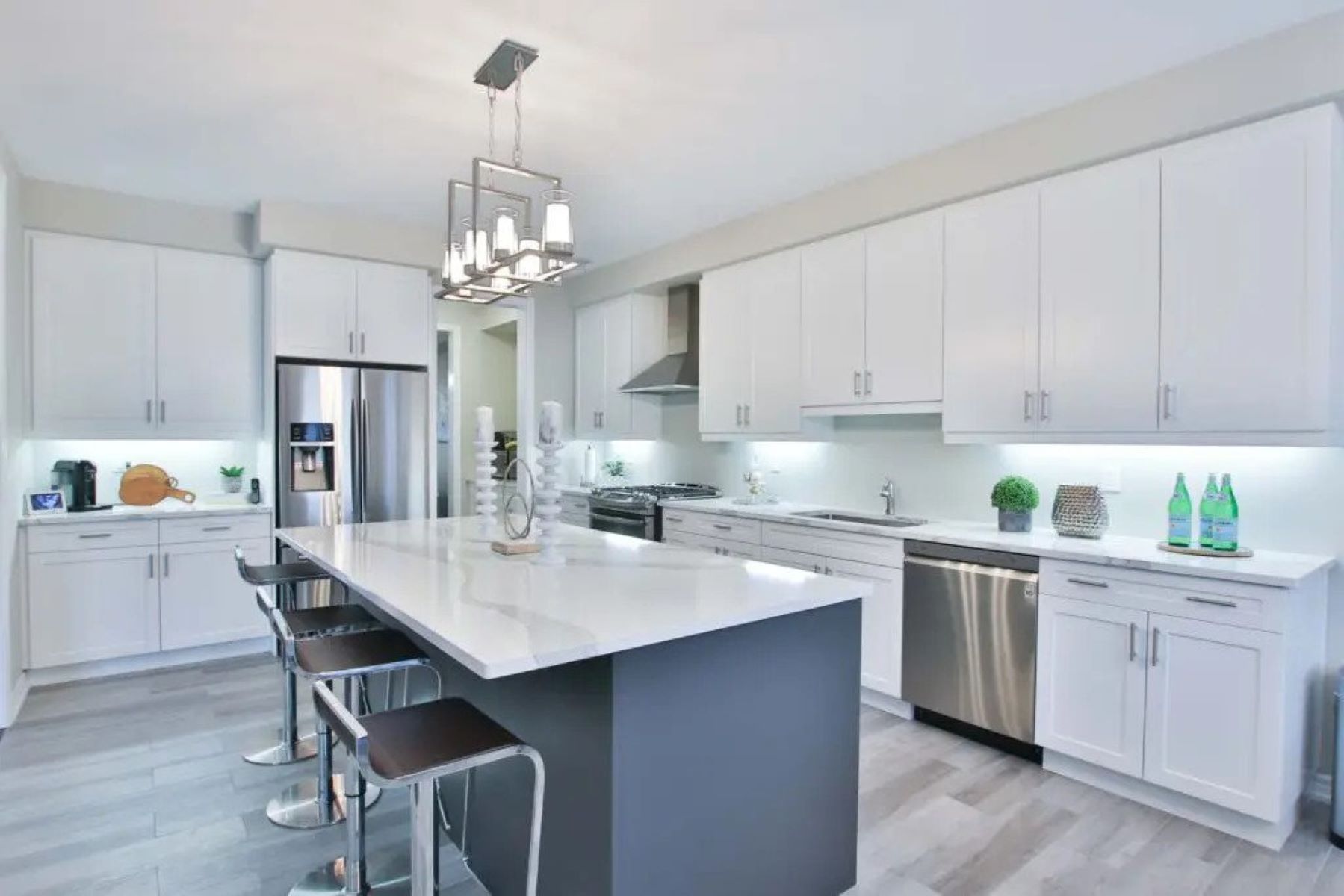
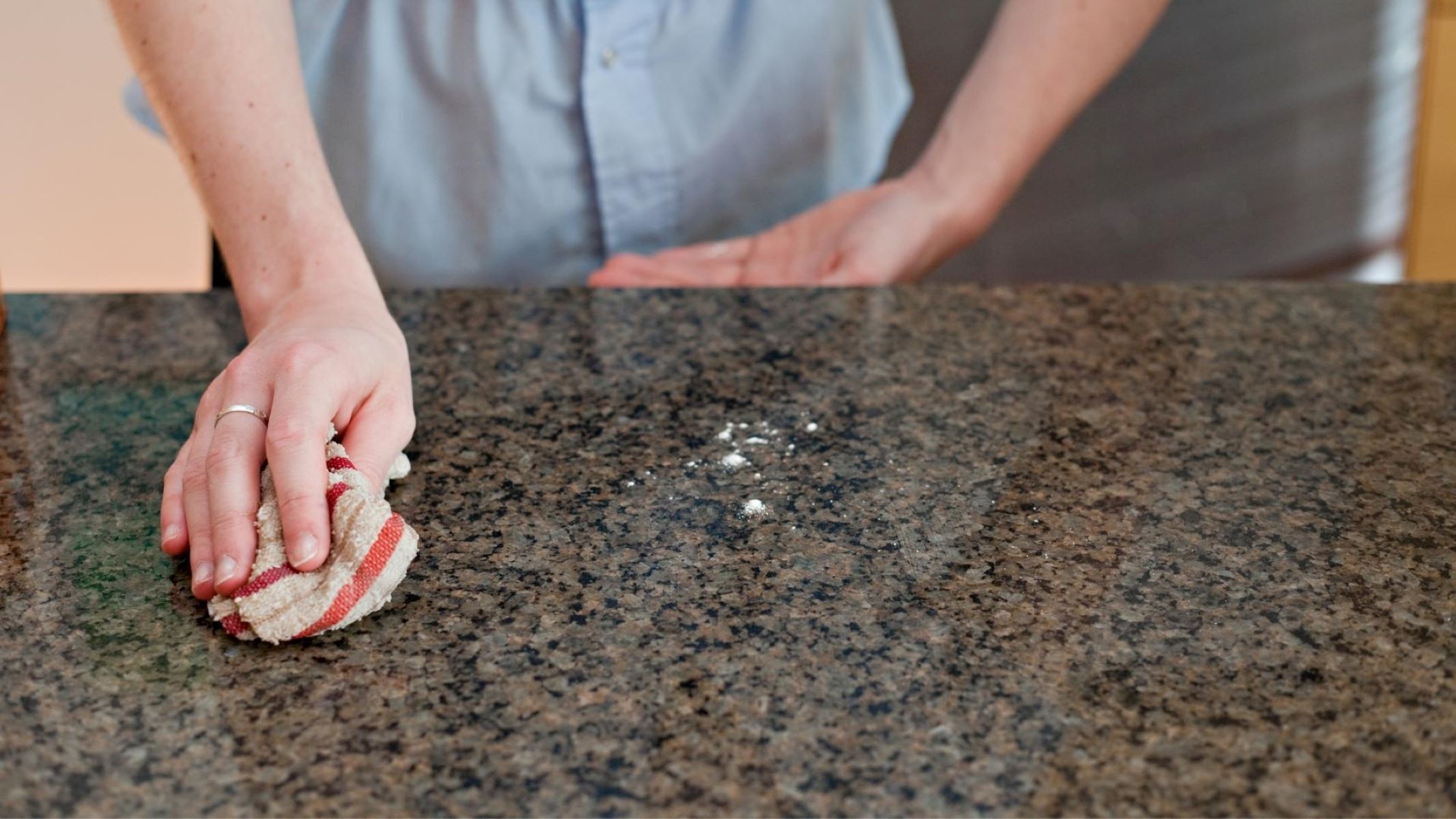
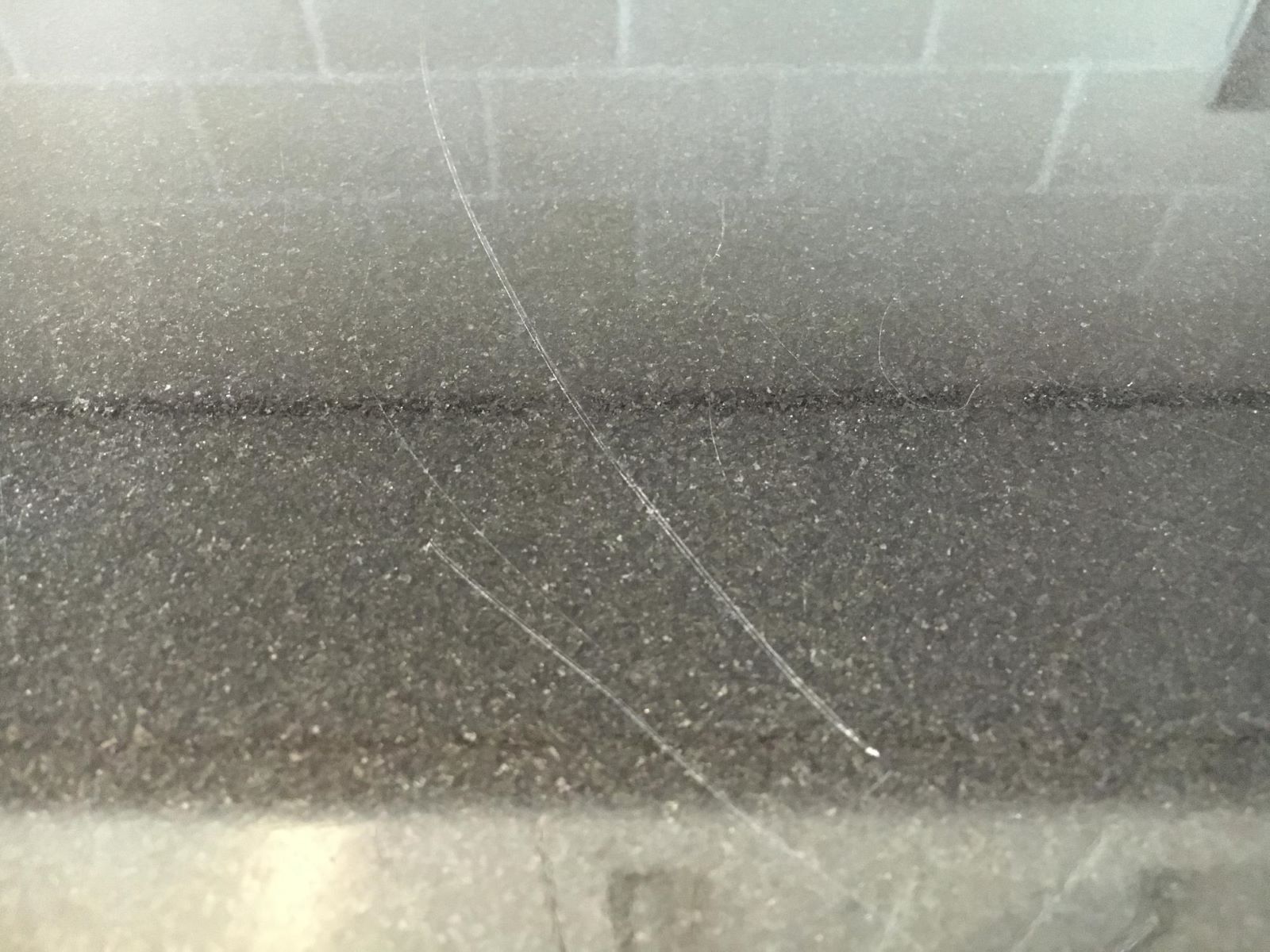
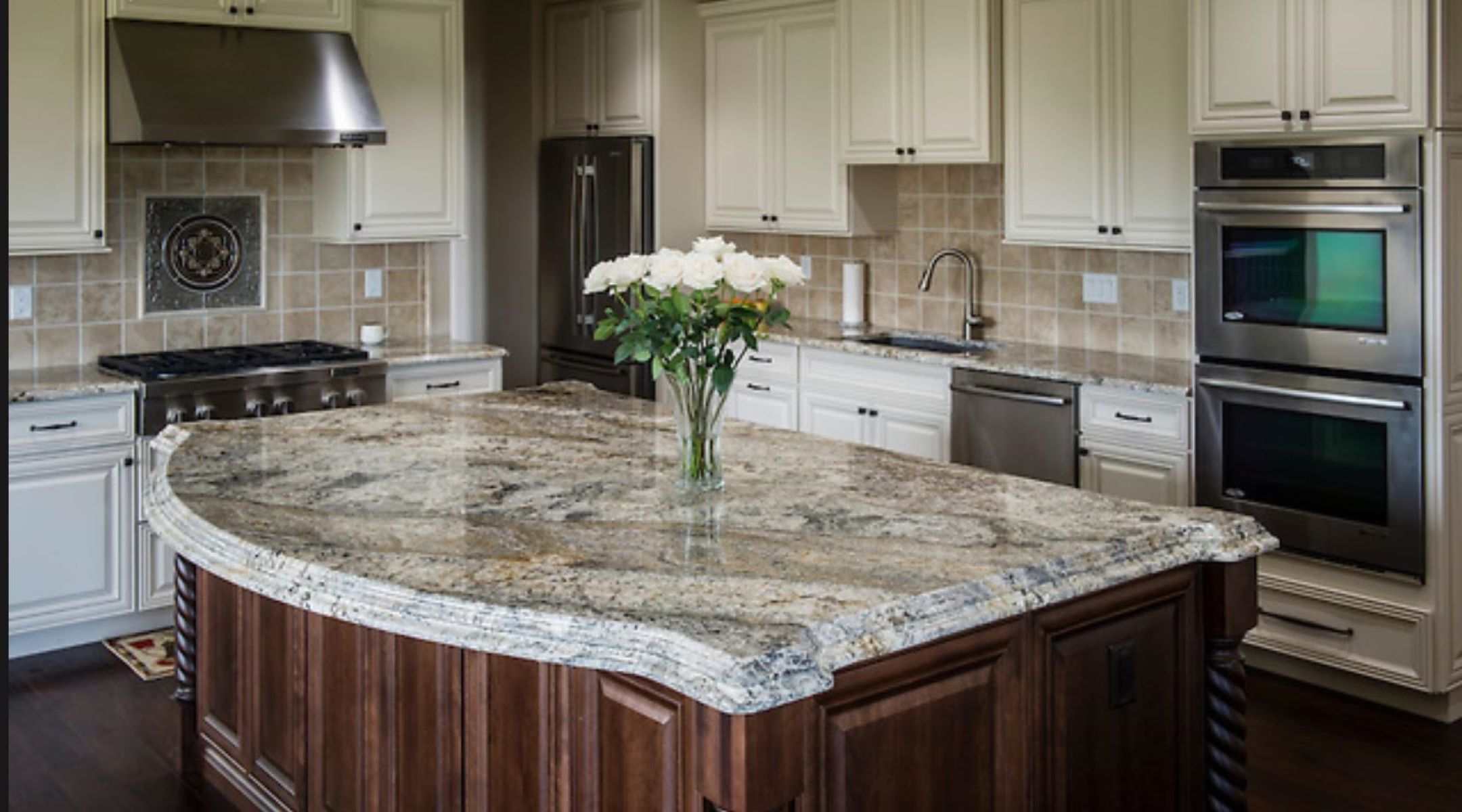
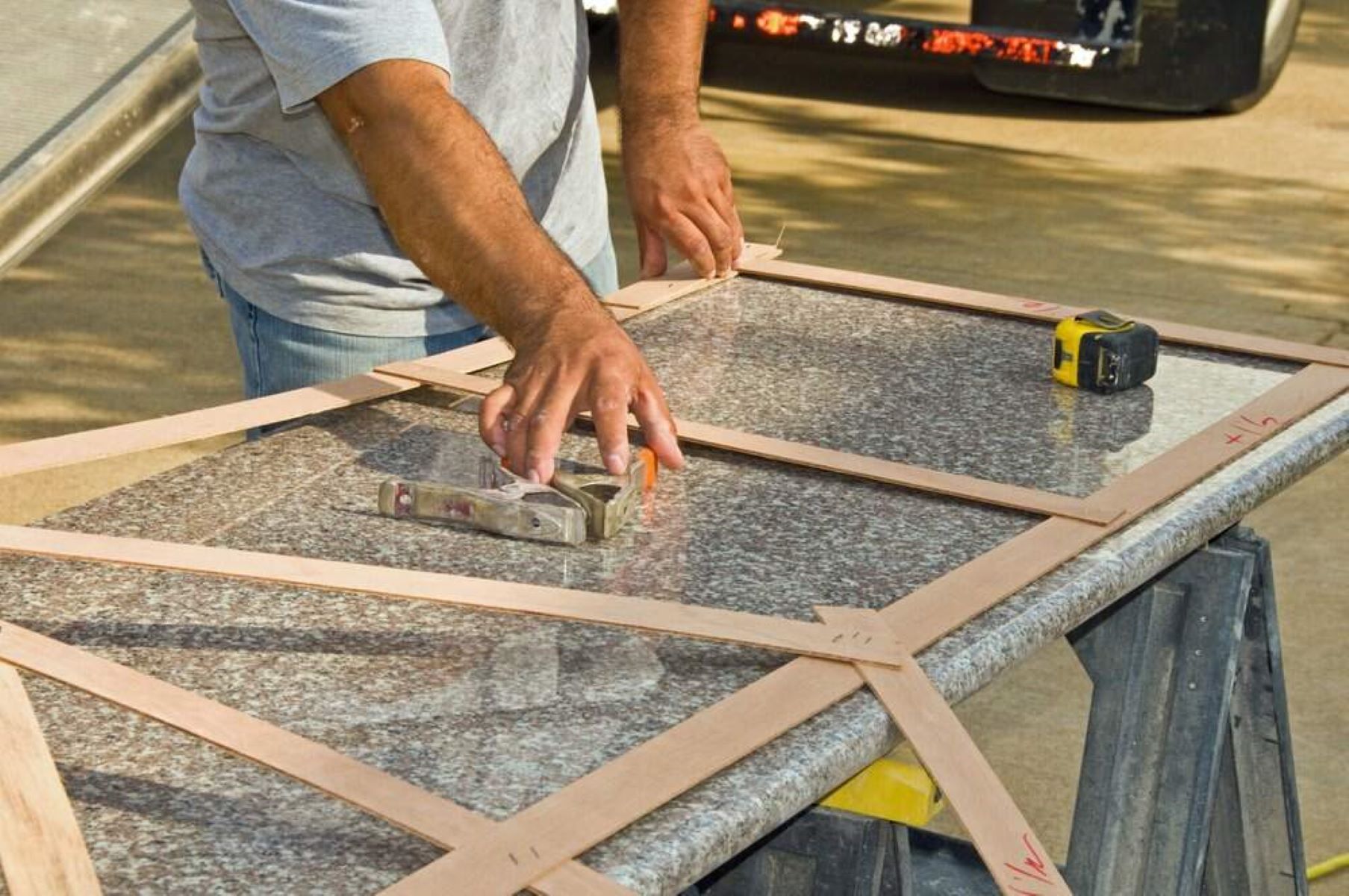
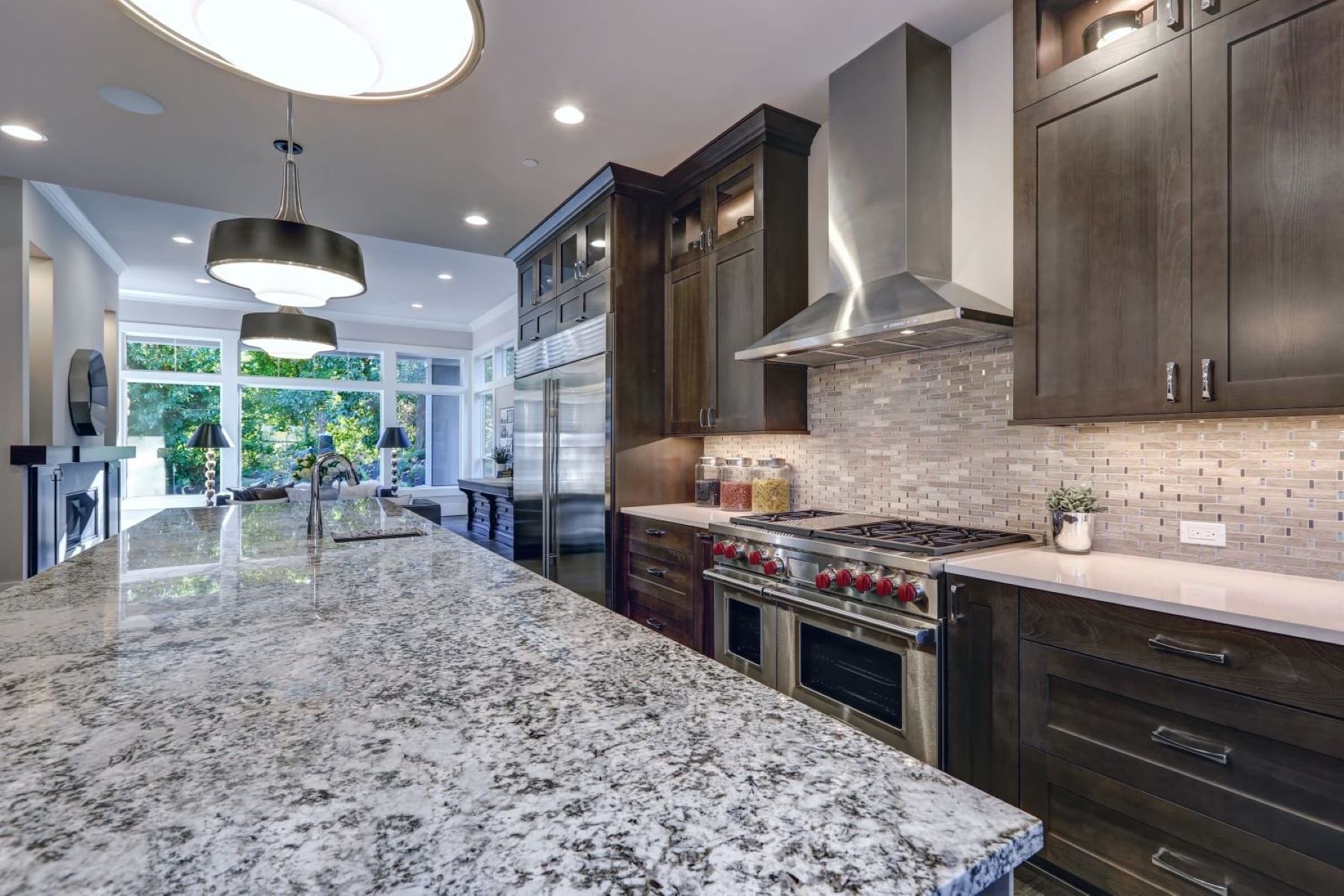
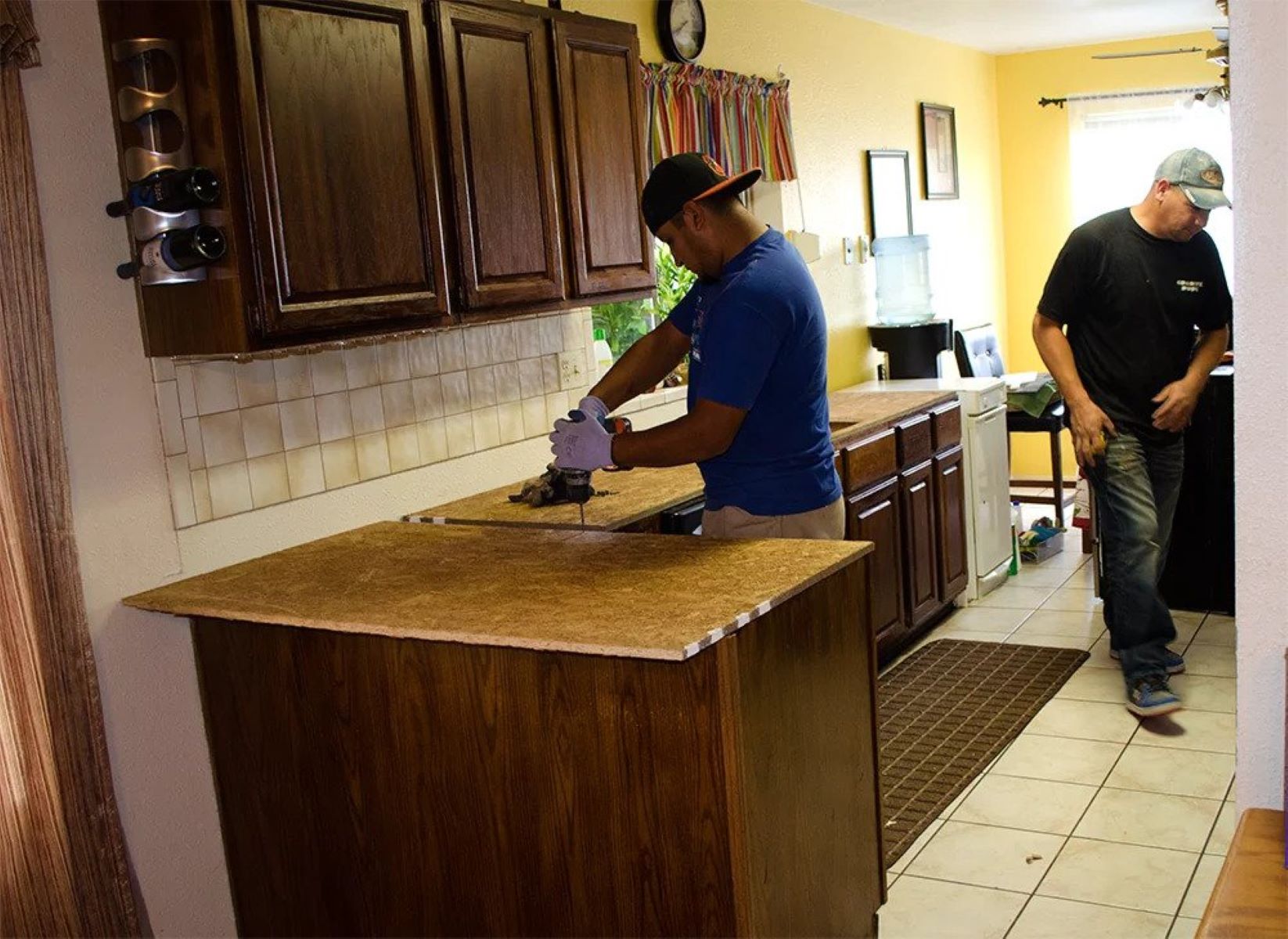
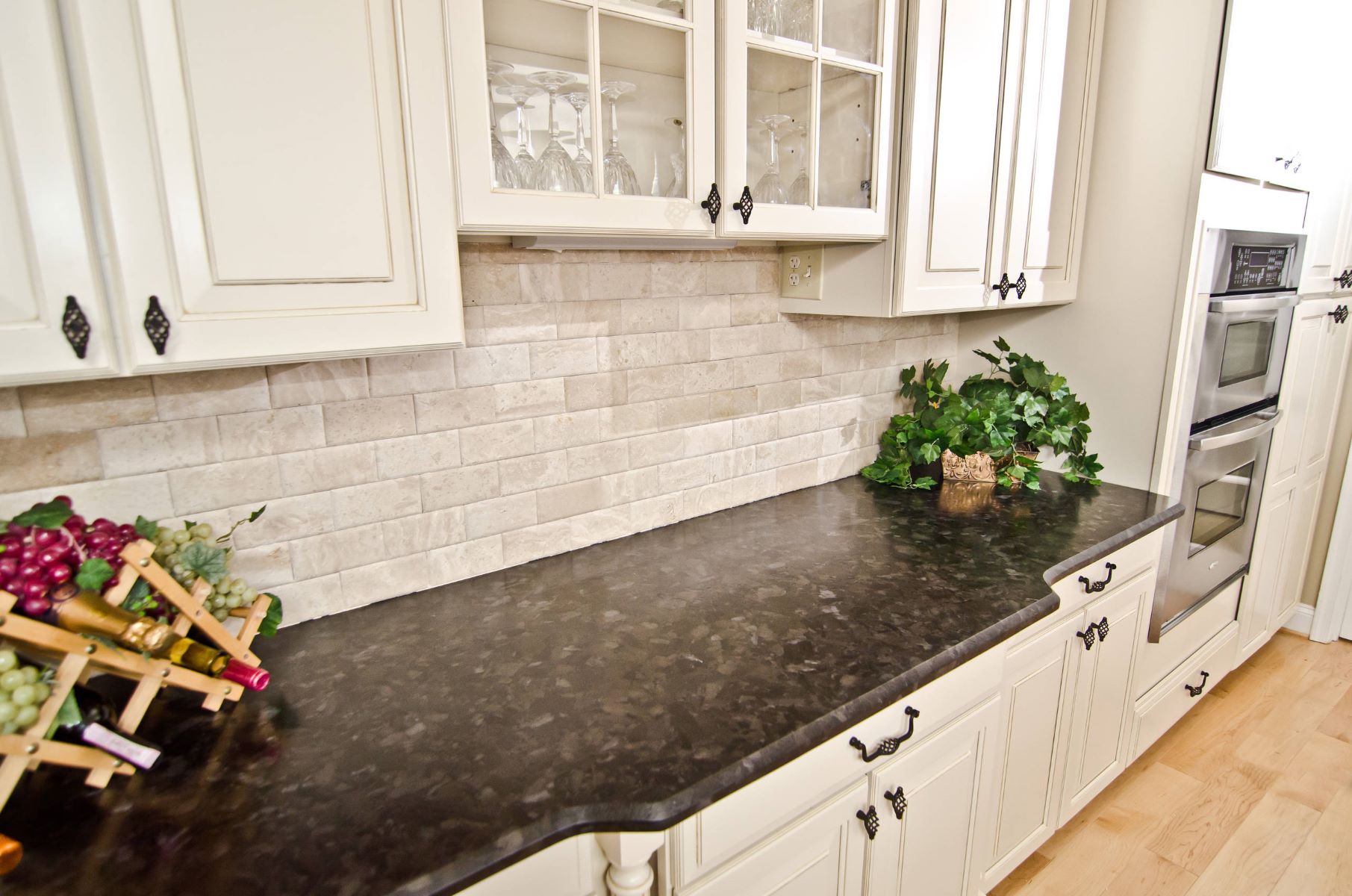
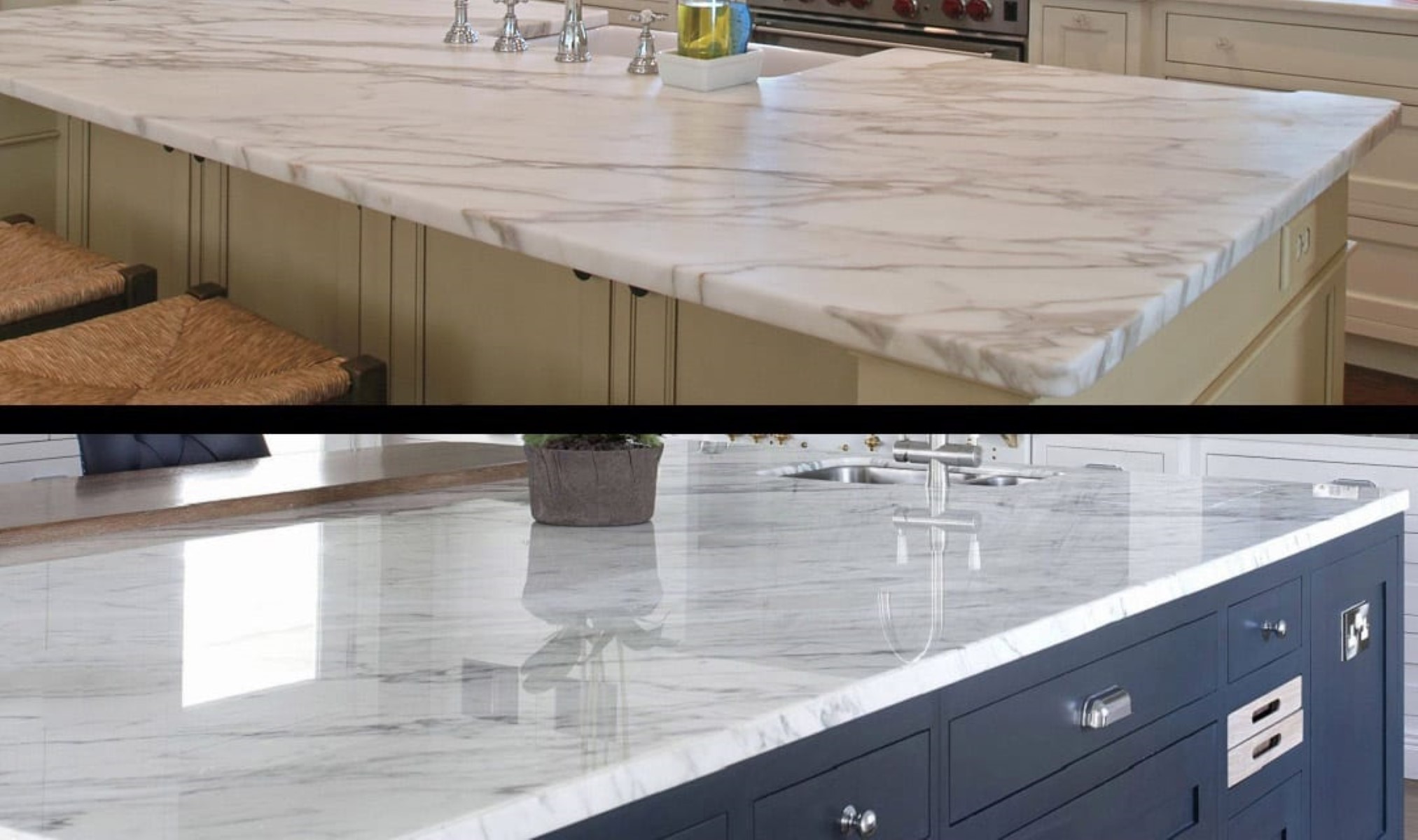
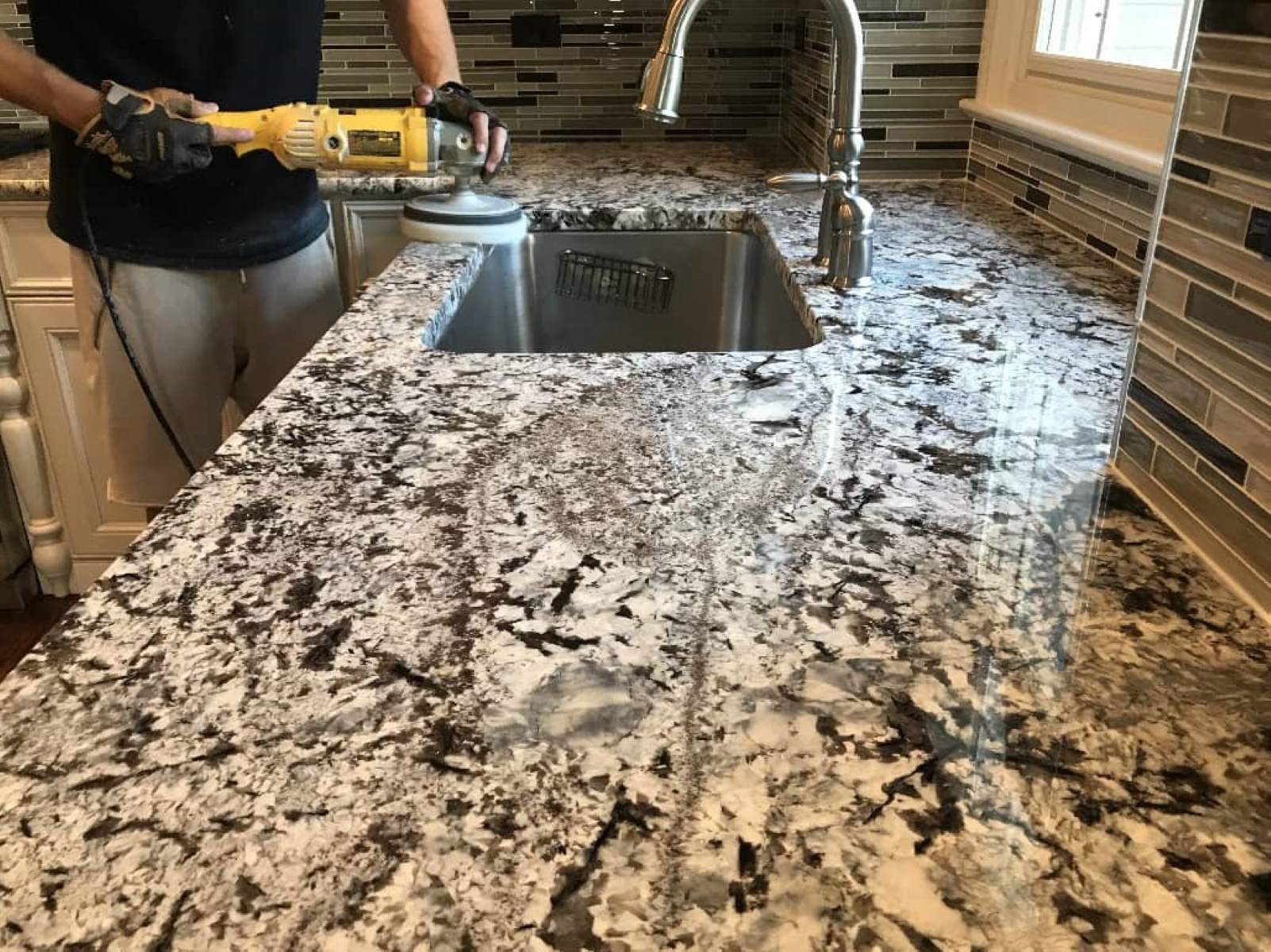
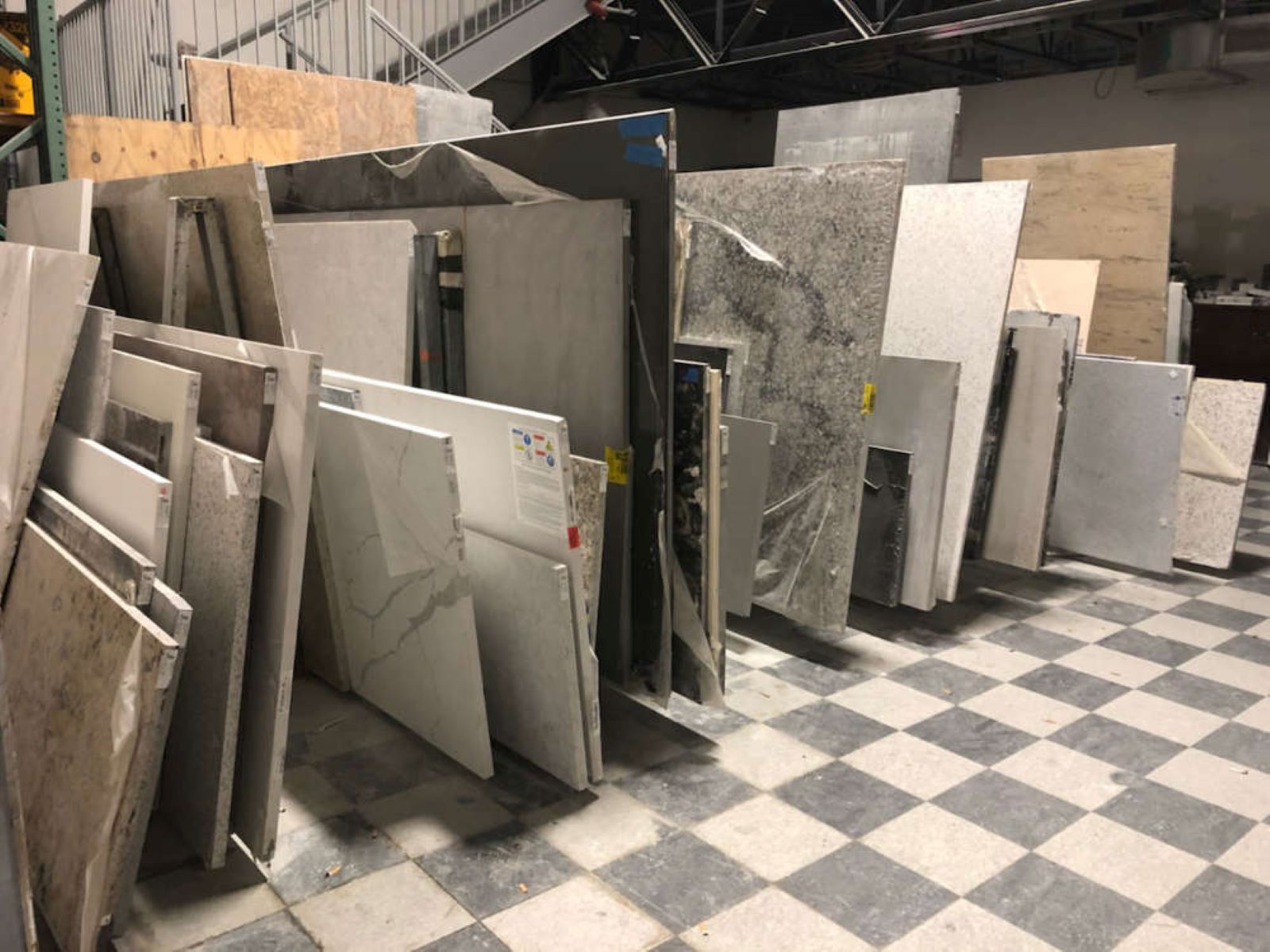
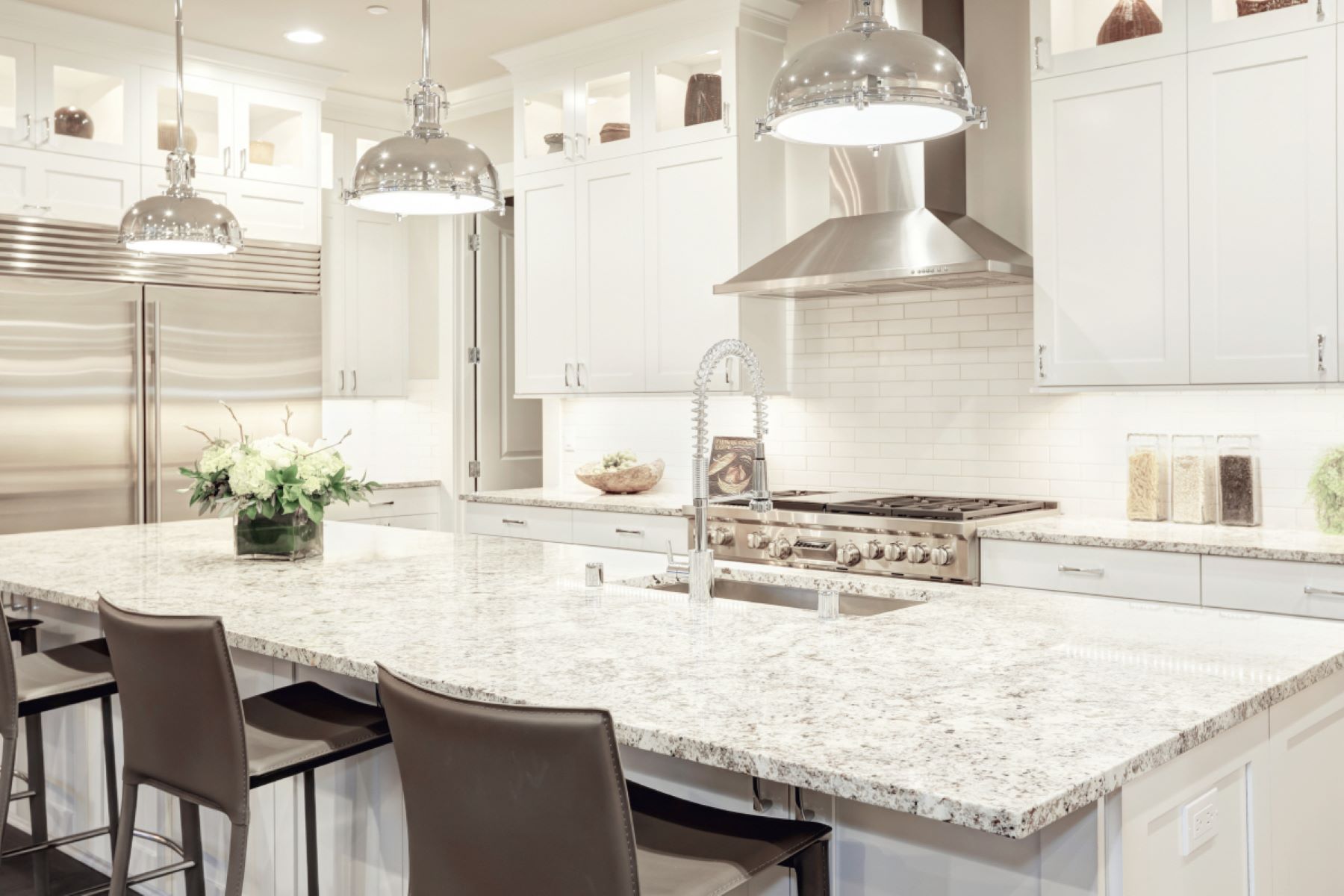
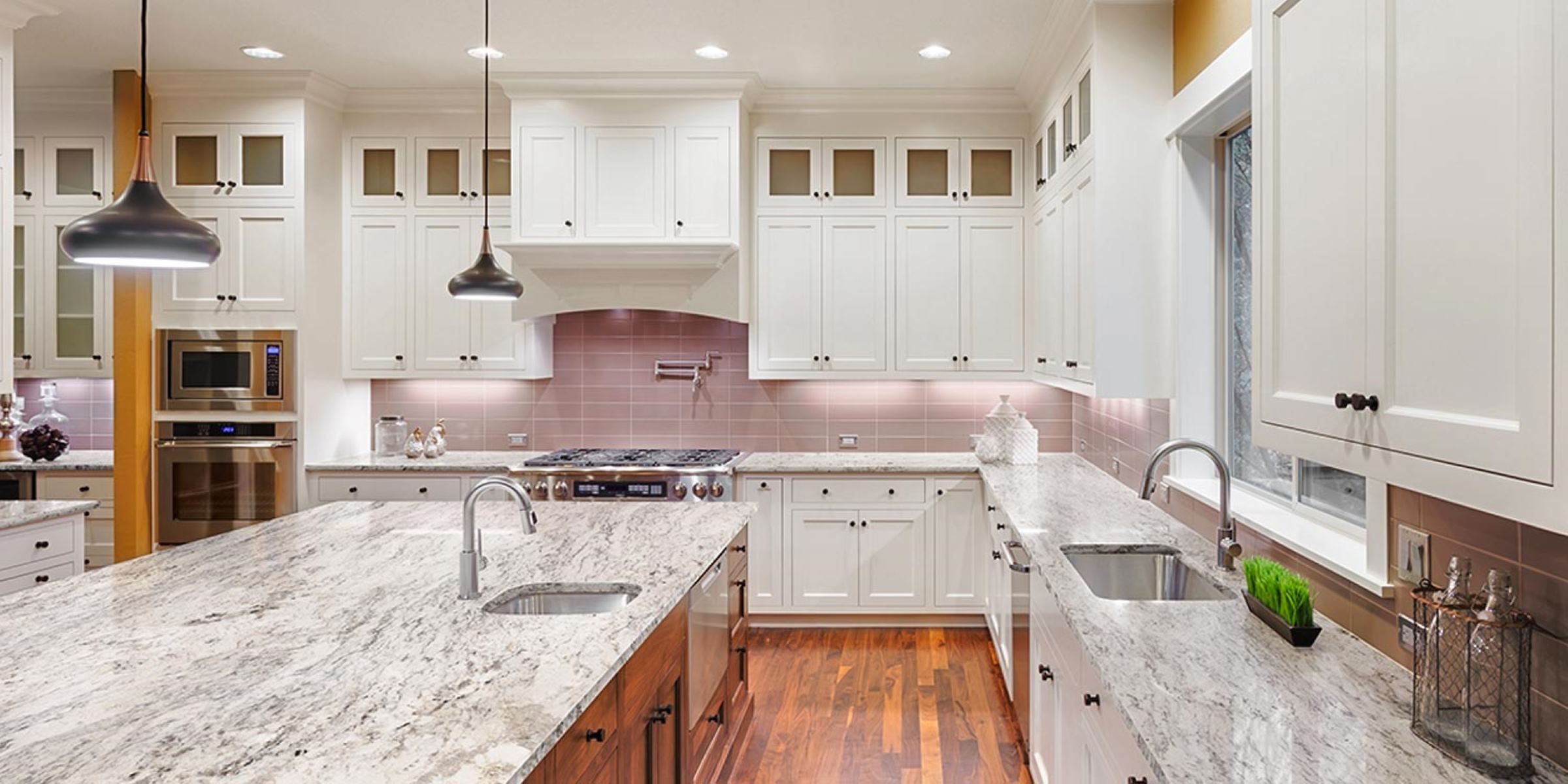

0 thoughts on “What Are Leather Granite Countertops”